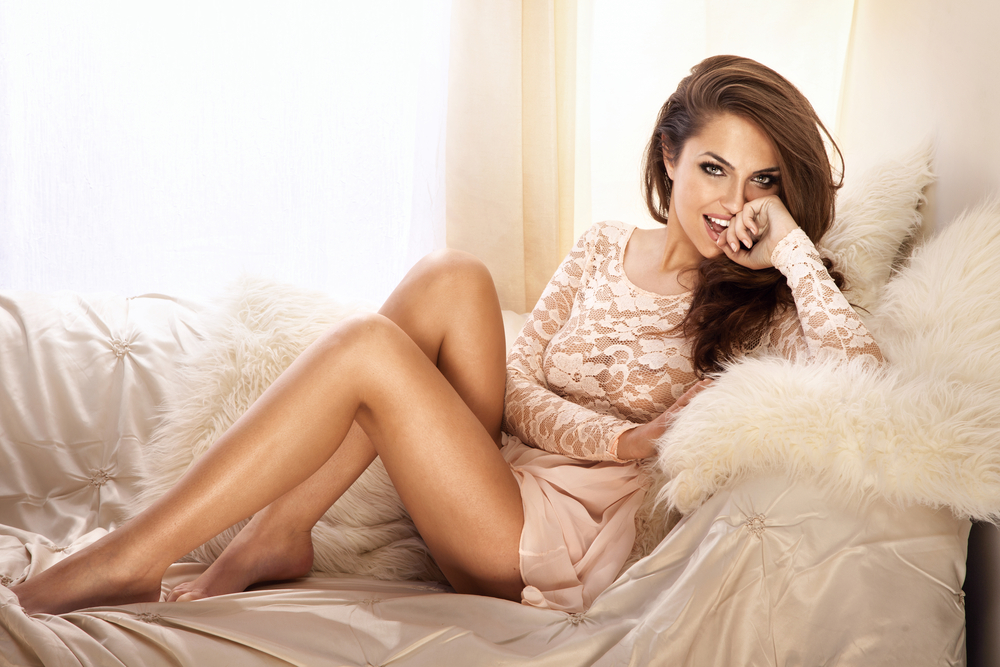
The Art and Science of Modeling: Unveiling the Secrets Behind the World of Fashion and More in Photoshoots

In today's world, modeling has become an essential part of the fashion industry. Whether it's walking down the runway or striking a pose for a photoshoot, models play a crucial role in showcasing the latest trends and designs. However, behind those glamorous images lies a fascinating blend of art and science that brings out the best in each model and creates stunning visual results.
The Aesthetics of Modeling
Modeling is not merely about standing in front of a camera and looking good. It is an intricate dance of movement, facial expressions, and body positions, all aimed at conveying a specific message or telling a story. Models must embody the vision of the designers and photographers, allowing their clothing or products to shine.
The art of modelling involves understanding angles, lighting, and composition to create visually stunning images. Models must master the art of posing, learning how to twist their bodies to create interesting shapes and lines. Every move and gesture plays a significant role in capturing the attention of the audience.
The Science Behind It
While modeling may often appear effortless, there is a scientific aspect underpinning it all. Understanding the science of modeling involves delving into the principles of human psychology and physiology. Models need to learn how to evoke emotions in their audience through facial expressions and body language.
The science of modeling also extends to understanding the impact of lighting and camera angles. The right lighting can enhance a model's features, highlight the clothing's texture, and create a mood or ambiance. Similarly, camera angles can make a model appear taller or shorter, slimmer or curvier, altering the overall perception of their physique.
Behind the Scenes
A successful photoshoot requires a collaborative effort between models, photographers, stylists, and makeup artists. Each individual involved brings their expertise to the table, working together to create a cohesive visual story.
Models, for instance, may work closely with stylists to select the perfect outfits that complement their body shape and portray the desired image. Makeup artists enhance the model's features, accentuating their natural beauty or transforming them based on the shoot's concept. The photographer captures the magic, working with lighting and angles to bring the vision to life.
The Challenges of the Modeling World
Despite the glamorous reputation, the world of modeling is not without its challenges. Models face immense pressure to maintain a certain physique and adhere to the industry's beauty standards. The competitive nature of the industry means that rejection is common, and models must develop resilience to navigate the highs and lows of their careers.
Furthermore, models often have to adapt to various styles and concepts, requiring them to be versatile in their poses and expressions. They must be able to convey different emotions and moods, adapting to the requirements of each photoshoot or runway show.
Frequently Asked Questions
1. Is modeling only about physical appearance?
While physical appearance is essential in modeling, it is not the sole determinant of success. Models must also possess charisma, confidence, and the ability to bring a concept to life through their poses and expressions.
2. How do models prepare for a photoshoot?
Preparation for a photoshoot involves extensive research about the theme or concept, understanding the brand's vision, and practicing different poses in front of a mirror. Models also focus on maintaining their physical fitness and ensuring they are well-rested and hydrated.
3. Can anyone become a model?
While the modeling industry is becoming more inclusive, it still requires certain physical attributes and qualities. However, there are various types of modeling, and individuals with unique features or body shapes can find success in niche markets.
4. What makes a successful model?
Aside from having the right physical attributes, successful models possess professionalism, adaptability, and a strong work ethic. They are proactive in seeking opportunities, building connections within the industry, and continuously improving their skills.
5. How do models cope with rejection?
Rejection is a common part of a model's career. Developing resilience and a positive mindset is crucial. Models focus on learning from each experience, improving their skills, and understanding that rejection does not define their worth or potential.
In conclusion, modeling is a delicate balance of art and science. It is a form of self-expression that requires creativity, adaptability, and an understanding of human psychology. Models, photographers, stylists, and makeup artists collaborate to bring visions to life, creating captivating visual stories for the fashion industry and beyond.
Other useful resources
- https://www.planetmodelphoto.com
- https://www.planetmodelphoto.com/models/modeling/usa/wilmington/nc-north-carolina
- https://en.wikipedia.org/wiki/Category:Modeling_agencies